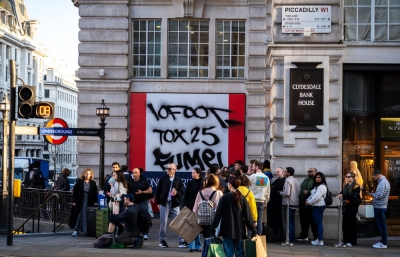Since you cite travel as a huge source of inspiration and wisdom, what does it feel like, knowing that the prospects of travel will be limited for some time? What will you miss most?
I realized pretty quickly how much I rely on the option to travel as a way to soothe myself in hard times! Like, things start feeling challenging and my brain automatically jumps to that as an answer. I’ll plan a trip and go somewhere beautiful and be in nature. Beyond everything obvious, like trying new foods and seeing new things, my favorite part is really the experience of existing in a more present, basic state for awhile—you know, you spend your time just figuring out survival: transportation systems, where to eat, how to communicate, where to sleep. Everything is simplified, but also complex in fresh ways. This quarantine time has made me realize how grateful I am for the traveling I have done, and I’ve been thinking about those memories a lot. It feels like we’re being tasked to move to a more internal, deeper place of focus. So, working through things from there, ideas have to come from the well for now. I’ve also been thinking about how, even though we’re having such limited external experiences during this time, we’re also having all kinds of new intense, internal experiences just from living through this period in history. There’s plenty of inspiration to be found in the depths of delving into our solitude, but I really miss traveling and am storing up my miles for the future.
As of late, we’ve all jointly experienced fear of illness, physical isolation, and possibly dual (and duelling?) emotions of sadness and energy surrounding societal upheaval. Have you noticed a change in the concepts you want to explore, in your ability to work?
Yes, absolutely. There’s just so much going on, on every level. I think there’s this collective sense of being stuck in the uncomfortable endings right now, and wading through that indefinitely, doing what we can together until we can reach some new beginnings. When the pandemic started, at first I felt totally unable to work creatively—I just got really wrapped up in all of the emotions, in the sadness and fear. After a little while, I forced myself to sit down every day and just work with colors while I listened to music, in response to the music. That was helpful and kept me in touch with painting so I didn’t feel adrift. Then I had some deadlines start to come up, so I had to get back into the full-time studio groove, but my focus has definitely been shifted during this time, along with everything, I suppose. My ideas have been requiring some things I wanted to achieve visually that I thought I would work better with a different paint, so I started using oils. The emotions are feeling more on the surface in these paintings. Despite all of the anxiety that’s flowing, I’ve been feeling a strong internal push to try new things, take more risks. Which feels exciting and uncertain and also like, well, why the hell not? Kind of like everything right now. It’s been such an intense and overwhelming time, but we, as a society, are learning huge things together right now, and I do know that change often comes from the ashes, so I’m hopeful for the future.
Laura Berger will open a solo show with Hashimoto Contemporary, NYC in mid-November, 2020.














